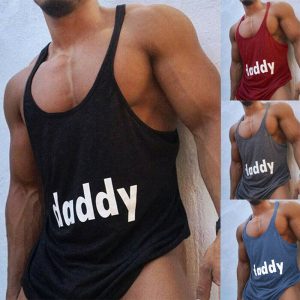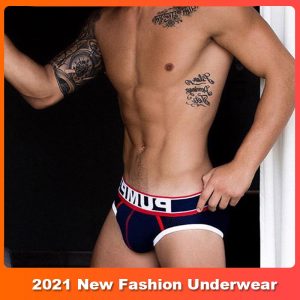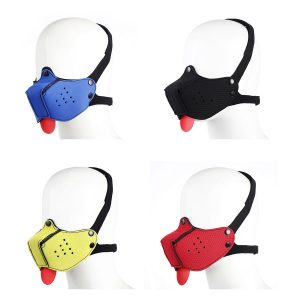
Throughout history, fashion has been the space for LGBTQ people to express their identity. The fashion system is largely based on subcultures that define certain aesthetics, clothing styles and approaches to dress. It's a powerful space that is both symbolic and creatively charged.
The queer community has often been a moving force behind challenging gendered ideas of playing dress-up, epitomizing gender-neutral clothing styles and ballroom dance wear. It's also a place that is frequently a source of rejection and subversion.
This is particularly true for the Black community; it's not uncommon for Black queer folk to subvert or reject the meaning that clothes give them, which is why there are so many examples of Black designers and creatives who are defying gendered norms within the fashion industry.
While this may sound counterintuitive, it's a valid way of expressing a queer person's identity. This is especially true when a person has to "come out" in a heteronormative society.
However, the process of "coming out" is not always easy. It takes a lot of time and requires that a person fully understand their own sexuality and gender identity. It's a process that doesn't happen overnight and is affected by a number of factors, including social pressure and the environment in which they live.
But, despite the struggle and discomfort that comes with this process, it's important for the queer community to continue fighting for equality and acceptance. By doing so, they can help others understand their own identities better and make a more inclusive environment for all.
The fashion world has been a great platform for this type of work, but it is still far from done. For example, body diversity is an issue that hasn't been addressed by many mainstream designers. And it's still rare to see a designer show at New York Fashion Week in a t-shirt that doesn't feature the traditional, recognizable logo of a mainstream fashion brand.
Gurung made a huge statement during his NYFW show last night by displaying his models in T-shirts emblazoned with bold political slogans, like “Revolution Has No Borders,” “I am an Immigrant” and “Nevertheless She Persisted.” It's a thoughtful move that shows the designer's commitment to making an impact on the world around him.
Prabal Gurung is a Nepalese-American fashion designer who has designed for the former First Lady, Michelle Obama. His politically-charged fashion collection this year focused on what it means to be American. He used the upcoming election to fuel his ideas and incorporated it into his designs.
He opened his 10th-anniversary show with a song that asked the audience to think about the world we live in and the role we play in it. It's a powerful message that the designer hopes his audience will carry with them for years to come.
For him, this isn't just a fashion moment; it's an ode to his country and his culture. He isn't just a designer; he is a man who has had to navigate his own racial identity and how it has been perceived by the world.




